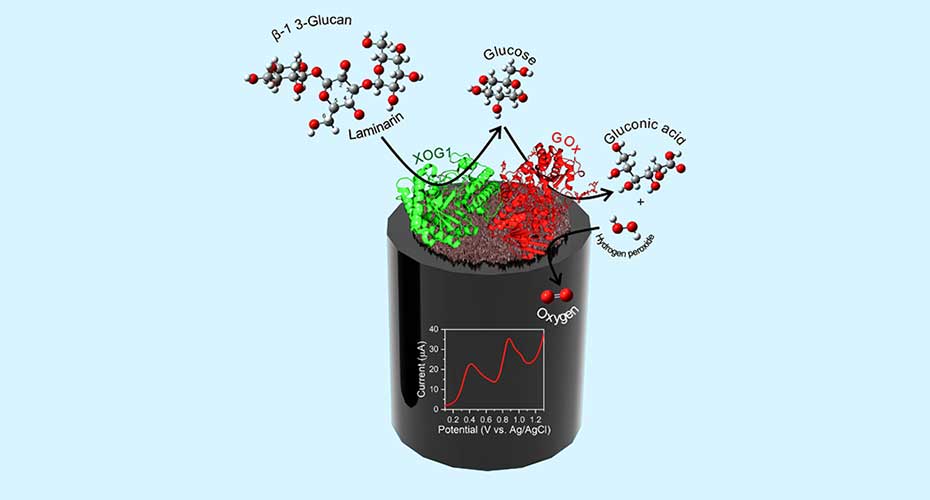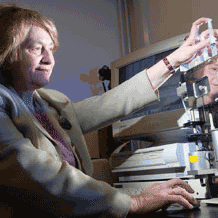Developing novel biosensors for fungal infection diagnostics
Microbes and Society network members spanning the disciplines of Mycology, Biological Chemistry and Biophysics have been collaborating since 2019 to develop an electrochemical biosensor for the early detection of fungal infections.
Fungal infections pose a growing threat to human health, causing more than 1.5 million deaths annually and affecting over 150 million people worldwide. These infections, caused mainly by Candida spp., Cryptococcus spp., Pneumocystis jirovecii, and Aspergillus spp., are often overlooked by public health authorities despite being largely preventable. Unfortunately, current diagnostic methods for invasive fungal disease are not sensitive or specific enough, leading to delayed treatment and poor patient outcomes.
Biosensors, or biological sensors, are used throughout healthcare to detect and measure a variety of substances under analysis, such as bacteria, serum (a component in blood), oxygen, antibodies and proteins. Exeter’s interdisciplinary team have developed an amperometric biosensor that can detect β-(1-3)-glucan, the most abundant component of fungal cell walls. The sensor electrode is constructed with β-(1-3)-glucosidase (Xog1) and glucose oxidase (GOx) attached to thianaphthene-2-carboxylic acid on a gold zinc alloy/gold nanoparticle support. This biosensor provides a fast and sensitive electrochemical signal when β-(1-3)-glucan is converted into glucose by Xog1 and subsequently into hydrogen peroxide by GOx. The presence of fungal infections in serum samples was confirmed through tests with our biosensor, and were further validated using the Fungitell® assay.
The amperometric biosensor offers a promising solution for the rapid and accurate diagnosis of fungal infections and addresses the limitations of current diagnostic methods. This technology has the potential to improve patient outcomes by enabling the intervention of timely treatment. If successfully commercialised and made widely available, the biosensor has the potential to positively affect billions of people.
Recently, the team secured a BBSRC Follow-on Fund for further development of the sensor. The fund aims to support the commercialization of research outcomes and promote the translation of scientific discoveries into practical applications. The team also plans to apply for patent and publication of their work.
Key researchers
Additional outputs
K. Hussain K, Malavia D, M. Johnson E, Littlechild J, Winlove CP, Vollmer F, Gow NAR. Biosensors and Diagnostics for Fungal Detection. Journal of Fungi. 2020; 6(4):349. https://doi.org/10.3390/jof6040349










